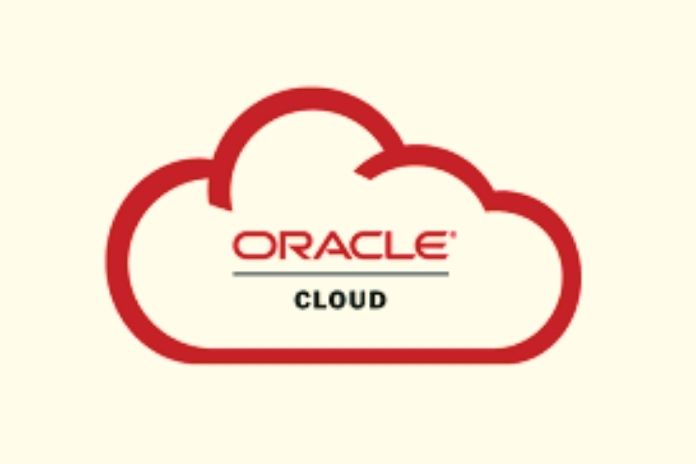Data analysis has long been one of Oracle’sOracle’s core competencies. But only now does the former database specialist push this line, of business into the spotlight. The provider’s release 6.0 of the analytics platform OAC (Oracle Analytics Cloud) scores with a shorter analysis workflow, a more convenient user interface, and many connectors for different data sources.
The announcement conjured up the proverbial jack of all trades: the “new generation” of OAC enables all employees of a company to analyze data; it is suitable for all applications, and it can access all the data it needs, promised TK Anand, senior vice president of Oracle Analytics. This accelerates the journey from raw data to insight into action, making the organization more agile and profitable.
Version 6.0 of the SaaS platform comes up with a new user interface called “Redwood” and many innovative functions that may justify the buzzword of the “new generation”. According to Björn Stehn, Business Development Director Oracle Analytics & Data Innovation, OAC has already gone through two development phases: “First we moved analytics with specified, i.e. quasi curated data to the cloud, then we brought the topic of self-service forward, and in the third step we are now adding augmented analytics.”
As Stand further explains, Gartner’s market research company understands augmented analytics to mean functions that enable the user to draw more substantial insights from the analyzed data than before, for example, by enriching it with additional information or by digging deeper.
These features include, among others:
- “intelligent” processing of the raw data;
- natural language processing for input and output;
- analysis of graph networks;
- Presentation of the results at different geographical levels;
- association and “market basket” analysis for marketing purposes;
- Integrated text analysis;
- deeper integration of machine learning models into the analysis workflow;
- the transparent weighting of ML algorithms.
Consistent User Experience
With “Redwood”, Oracle wants to set the future standard for the user interface of all its products. The visual “design language” should always give the user an identical “experience” – regardless of whether they are using the web browser or the mobile app.
The newly designed app shows the user, for example, the visualization of the analysis results via dashboards. In addition, with their help, the findings can be shared with the whole team.
The new functions for processing “natural” language also fall into the “user comfort” category. On the one hand, they allow relatively informal inquiries in 28 different languages, including many abbreviations and synonyms. In addition, the “Natural Language Generation Engine” also enables the output, i.e. the presentation of the analysis results, in colloquial language. Those who prefer listening to reading can select the podcast–as the audio output in the app. The demonstration of this function as part of the product announcement sounded quite “natural”.
AI Across The Entire Analytics Pipeline
Integrating machine learning functions into the analysis workflow is almost state of the art. However, Oracle wants to go one step further. The desired “democratization of access to data analysis” means that not only IT but also end-users can use numerous “artificial intelligence” functions – across the entire workflow of preparation (Prepare), modelling, exploration, distribution ( Share) and use (Consume).
This starts with the “smart” data preparation: A “profiling engine” helps filter out defective or sensitive data and, if possible, provides information on how to repair it. Thanks to a built-in, expandable knowledge base, the user also receives suggestions for enriching the data.
There is a heated debate about whether ML models may contain prejudices that have not been adequately questioned. Are certain population groups being disadvantaged with the help of algorithms? Detailed information about the model, the implemented influencing factors, and their weighting is necessary to answer this question. With the new OAC version, Oracle allows probabilities in the results to be predicted and, if necessary, to correct the model – at least when it was created in the in-house Autonomous Data Warehouse.
Strengths And Weaknesses
For the Gartner analysts, Oracle is one of the “visionaries” in analytics and BI platforms. It is documented in the “Magic Quadrant” for February. As market watchers have noted, Oracle is investing “aggressively” in augmented analytics, delivering such capabilities earlier than many of its competitors. The platform also offers high automation, such as self-generating insights. The user support and the integration into the Oracle product range also receive praise.
According to Gartner, the latter also reveals a weak point: OAC is firm “Oracle-centric”. This means that the platform cannot also analyze external data sources. On the contrary: The list of available connectors includes a wide variety of data storage systems – starting with Excel and Dropbox, through third-party database systems from the proprietary and open-source environment, including those from Amazon Web Services (AWS) and Google, to less widespread one’s Analytics tools and popular apps like Salesforce.
Instead, Gartner criticizes the close relationship between the Oracle applications and the OAC platform at development. The Fusion Analytics Warehouse (FAW) toolbox can only be used with Oracle’sOracle’s enterprise applications. To achieve equivalent functionality, other users would need to create their applications using OAC. That is why Oracle will probably primarily address the existing customer base with OAC.
ALSO READ: Data Gateways – And The AI Benefits From Preparatory Work

